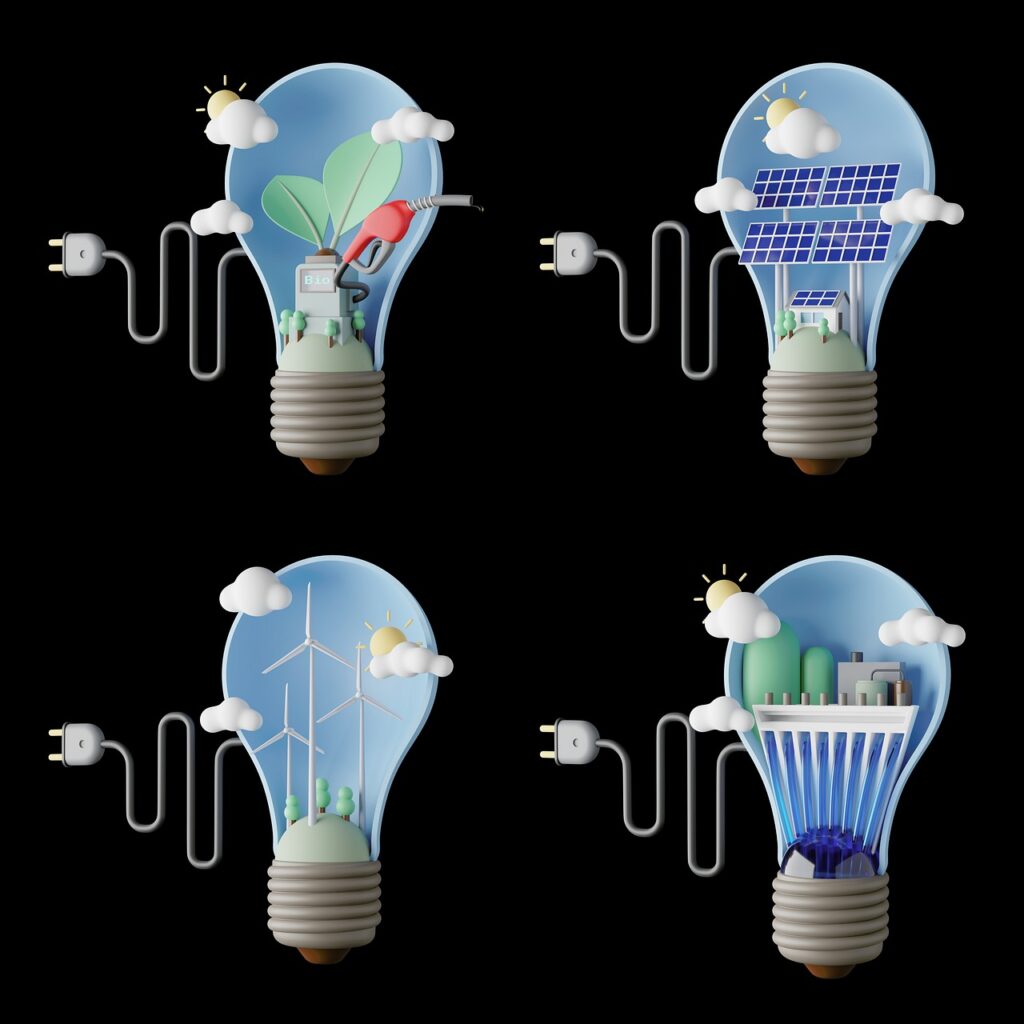A battery energy storage system (BESS) can be a valuable addition to a grid substation, providing various benefits such as improving grid stability, enhancing renewable energy integration, and reducing peak demand. Here are some key aspects of a battery system in a grid substation:
- Energy Storage Capacity: The capacity of the battery system depends on the specific requirements of the grid substation. It can vary from a few kilowatt-hours (kWh) to several megawatt-hours (MWh) depending on the size of the substation, the load demand, and the duration of energy storage needed.
- Battery Technology: Different battery technologies such as lithium-ion, lead-acid, flow batteries, and others can be used in grid substation battery systems. The choice of battery technology depends on factors such as cost, performance, safety, and environmental considerations.
- Power Output: The power output of the battery system determines how much power it can deliver to the grid or absorb from the grid. It is typically measured in kilowatts (kW) or megawatts (MW) and depends on the design requirements of the substation and the intended applications of the battery system.
- Control and Management System: A battery system in a grid substation requires sophisticated control and management systems to ensure smooth operation, efficient charging and discharging, and coordination with the grid. These systems may include power converters, inverters, energy management software, and communication interfaces to interface with the grid and other substation components.
- Grid Integration: The battery system needs to be integrated with the existing grid infrastructure, including transformers, switchgear, and protection systems. Proper coordination with other grid assets is crucial to ensure safe and reliable operation of the grid substation.
- Applications: A battery system in a grid substation can serve multiple applications, depending on the requirements of the grid and the substation. Some common applications include peak shaving (reducing demand during high load periods), load leveling (smoothing out load fluctuations), frequency regulation (maintaining grid stability), and renewable energy integration (storing excess renewable energy for later use).
- Safety: Safety is a critical aspect of any battery system, including those installed in grid substations. Adequate safety measures should be in place, including fire protection, thermal management, and system monitoring to ensure safe operation and mitigate potential risks.
- Maintenance and Operations: Regular maintenance and monitoring are essential for the reliable and efficient operation of a battery system in a grid substation. This may include battery health monitoring, firmware updates, and system performance optimization.
In conclusion, a battery system in a grid substation can provide several benefits for grid stability, renewable energy integration, and demand management. However, it requires careful consideration of factors such as energy storage capacity, battery technology, power output, control systems, grid integration, applications, safety, and maintenance to ensure successful implementation and operation. Consulting with qualified engineers and experts in energy storage systems is recommended for designing and deploying a battery system in a grid substation.


